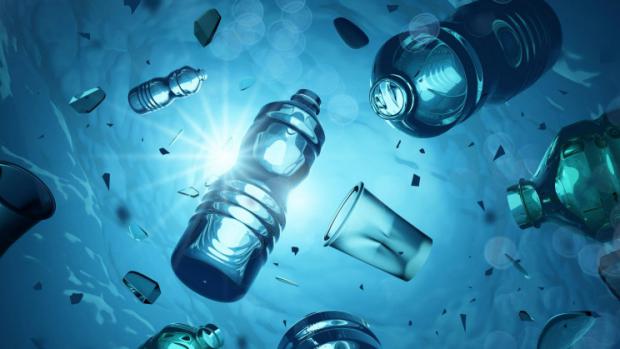
Breaking News
 Trump Truth Social is Merging with TAE Technologies Nuclear Fusion
Trump Truth Social is Merging with TAE Technologies Nuclear Fusion
 Crazy – Arrest Warrant Out for Brown Shooter Who Might Also Have Killed MIT Professor
Crazy – Arrest Warrant Out for Brown Shooter Who Might Also Have Killed MIT Professor
 Ditch the Subsidies, Grow What Actually Works
Ditch the Subsidies, Grow What Actually Works
 US bank regulator clears national banks to facilitate crypto transactions
US bank regulator clears national banks to facilitate crypto transactions
Top Tech News
 This tiny dev board is packed with features for ambitious makers
This tiny dev board is packed with features for ambitious makers
 Scientists Discover Gel to Regrow Tooth Enamel
Scientists Discover Gel to Regrow Tooth Enamel
 Vitamin C and Dandelion Root Killing Cancer Cells -- as Former CDC Director Calls for COVID-19...
Vitamin C and Dandelion Root Killing Cancer Cells -- as Former CDC Director Calls for COVID-19...
 Galactic Brain: US firm plans space-based data centers, power grid to challenge China
Galactic Brain: US firm plans space-based data centers, power grid to challenge China
 A microbial cleanup for glyphosate just earned a patent. Here's why that matters
A microbial cleanup for glyphosate just earned a patent. Here's why that matters
 Japan Breaks Internet Speed Record with 5 Million Times Faster Data Transfer
Japan Breaks Internet Speed Record with 5 Million Times Faster Data Transfer
 Advanced Propulsion Resources Part 1 of 2
Advanced Propulsion Resources Part 1 of 2
 PulsarFusion a forward-thinking UK aerospace company, is pushing the boundaries of space travel...
PulsarFusion a forward-thinking UK aerospace company, is pushing the boundaries of space travel...
 Dinky little laser box throws big-screen entertainment from inches away
Dinky little laser box throws big-screen entertainment from inches away
 'World's first' sodium-ion flashlight shines bright even at -40 ºF
'World's first' sodium-ion flashlight shines bright even at -40 ºF
First-of-a-kind study shows plastic's toxic effects on human cells

The latest discovery in this space looks at the volume of plastics we regularly consume through food and water and how this might impact human cells, finding that the concentrations we are exposed to can potentially have toxic effects.
The body of knowledge around the ways plastics might influence our health is building rapidly on the back of research probing their effects on the human body. Much of this centers on plastic that has broken down in the ocean into tiny fragments known as microplastics, which studies have shown are consumed by marine creatures and can then travel up the food chain.
We've also seen research demonstrating how microplastics can alter the shape of and de-cluster human lung cells and infiltrate the blood brain barrier in mice. Studies have also suggested chemicals in plastics can cause alarming damage to brain cells, found plastic particles in 93 percent of bottled water and in human stool samples collected all around the world.
The latest study led by scientists at the Hull York Medical School is described as the first of its kind, in that it explores how much plastic we are likely consuming, and what the effects of those concentrations are on human cells. To do this, the scientists drew on three previous studies quantifying microplastic contamination in drinking water, seafood and table salt, all of which found high levels of human exposure from consumption of these. They then compared these results to findings from toxicology studies on the effects of microplastics on human cells.
"This is the first-time scientists have attempted to quantify the effects of the levels of microplastics on human cells using a statistical analysis of the available published studies," says lead author Evangelos Danopoulos.. "What we have found is that in toxicology tests, we are seeing reactions including cell death and allergic reactions as potential effects of ingesting or inhaling high levels of microplastics."



